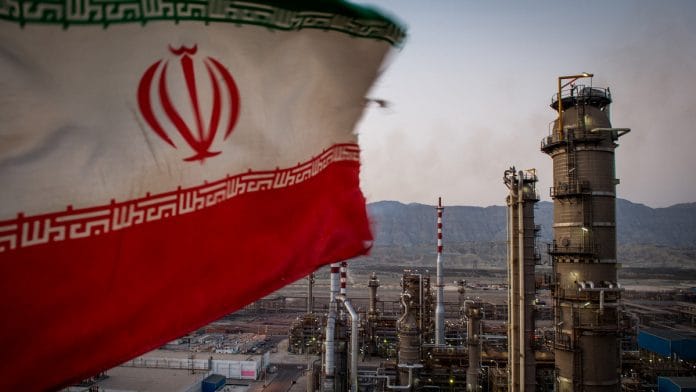Tehran: Iran had barely started to reap the economic benefits of its 2015 nuclear deal with world powers when Donald Trump withdrew and imposed sanctions so tight they plunged the country into its worst economic crisis since the 1980s.
Sworn in on Wednesday, the new U.S. president, Joe Biden, has already reversed some of his predecessor’s most controversial policies on immigration, climate and health. He’s also promised to re-engage with the Islamic Republic and picked some of the architects of the original pact for top policy posts.
Even if sanctions are eventually eased again, Iran’s road to recovery could be even more fraught this time around. Below are five charts that show how the Iranian economy changed during the Trump years:
Iran’s economy contracted sharply during the Trump years. Unable to export most of its oil due to the new sanctions, its government turned to other exports instead, making a big push to develop domestic manufacturing and expand trade with immediate neighbors. That helped offset some of the impact. It also meant that by the time Covid-19 hit global oil demand last year, Iran was better primed to absorb the shock than fellow crude exporters.
The biggest casualty of Trump’s “maximum pressure” policy was the Iranian rial, which lost about 80% of its value against the dollar, fueling inflation, devastating purchasing power and pushing millions of families into poverty. Efforts to stabilize the currency by controlling the rate and prosecuting money changers backfired, weakening the rial further as the black market thrived.
As the rial lost value, stocks saw unprecedented gains. The main index on the Tehran Stock Exchange has risen more than 600% since January 2019 as record numbers of new investors sought to shield their savings from inflation. The market has already begun to lose value since Biden’s election on expectations that sanctions will ease and the rial will strengthen again.
The European Union was Iran’s biggest trade partner before the bloc imposed oil sanctions in 2012 over the country’s nuclear program. Since then, China has become Iran’s top destination for energy exports and biggest source of imports. It has been the lone customer for Iranian crude since Trump’s sanctions came into force in 2018. While Europe’s tried to keep the nuclear deal alive, it struggled to maintain economic ties in the face of U.S. penalties.
In May 2019, the Trump administration suspended sanctions waivers that had enabled Iran to keep selling oil to a select number of countries. That sent crude exports plunging to 290,000 barrels a day, according to data compiled by Bloomberg, from about 2.6 million in January 2017, when Trump entered office. Iran has demanded the U.S. lift sanctions on its oil and banking industries as soon as possible and is preparing to increase production. –Bloomberg
Also read: Understanding Biden’s reversal of Trump WHO move — where UN body gets money & how it’s spent






